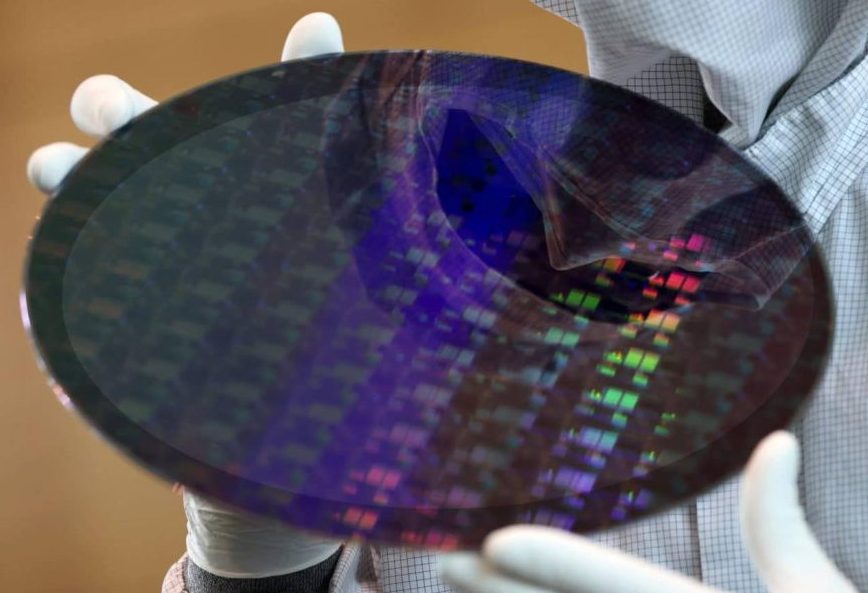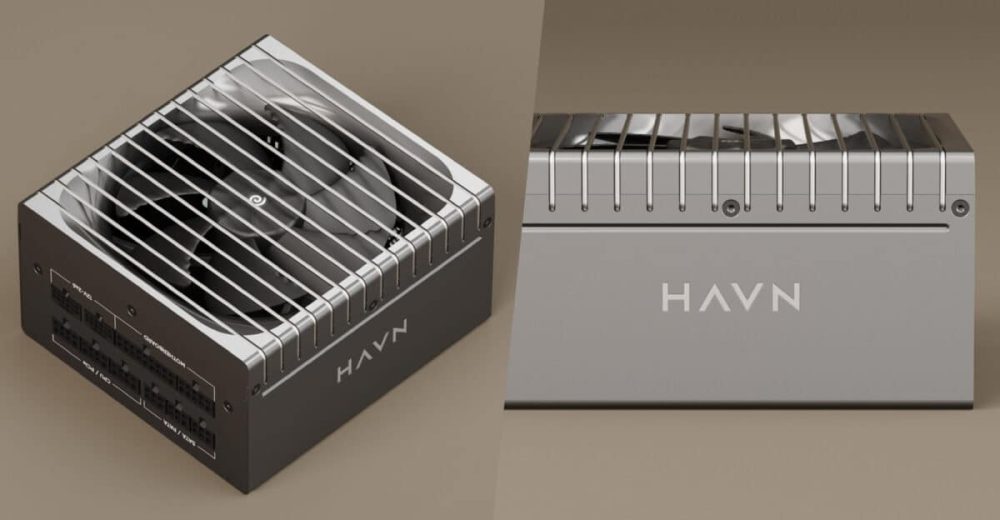Taiwan Semiconductor Manufacturing Company (TSMC), the world’s leading chipmaker, is gearing up for its next major technological leap, the 2-nanometer (N2) process node. According to industry reports, demand is already surging, with the company having secured 15 major customers, a significant majority of which are from the high-performance computing (HPC) and artificial intelligence sectors.
This marks a notable shift in the semiconductor industry, where the primary driver for cutting-edge chip technology is moving from smartphones to the insatiable computational needs of AI.
High-Performance Computing Takes the Lead
Recent remarks from Bren Higgins, Executive VP and CFO at equipment supplier KLA Corporation, indicate that ten of the fifteen 2nm clients are HPC-oriented. This includes industry giants like NVIDIA and AMD, which are expected to power their next-generation AI accelerators (such as NVIDIA’s Rubin Ultra and AMD’s Instinct MI450) with the new node.
Beyond GPU makers, demand is also fueled by hyperscalers such as Google, Amazon, and OpenAI, which are designing their own custom AI chips (ASICs) to gain a competitive edge. This concentrated demand from the AI sector suggests that TSMC’s initial 2nm production capacity will be heavily allocated to data centers and AI infrastructure.
The Mobile Stalwart: Apple’s Role
While AI leads the charge, mobile customers remain critical. Apple, traditionally the first and largest adopter of TSMC’s newest nodes, is reportedly reserving a substantial portion of the initial 2nm output for future iPhones and Macs. However, the sheer volume of HPC clients signifies a fundamental change in the market dynamics for advanced semiconductor manufacturing.
The Cost Conundrum: A Potential 50% Price Hike
Alongside the high demand comes a significant potential challenge: cost. A report from ChinaTimes suggests that TSMC’s 2nm chips could see a price increase of up to 50% compared to the current 3nm generation.
While unconfirmed and subject to change, such a hike would be driven by the immense R&D and capital expenditure required for the new Gate-All-Around (GAA) transistor technology that the 2nm node utilizes. This radical new architecture offers significant gains in performance and power efficiency but is exponentially more complex and expensive to produce.
Implications
If the reported price increase materializes, it will inevitably be passed on to end-users.
- More Expensive Tech: Next-generation consumer products, including graphics cards (GPUs) from NVIDIA and AMD, and CPUs like AMD’s anticipated Zen 6 processors, could see significant price increases.
- AI’s Ripple Effect: The competition for 2nm wafers between deep-pocketed AI companies and consumer tech giants may lead to supply constraints and higher prices for high-end PCs and gadgets, likely starting in 2027 when products begin to hit the market.
A Competitive Landscape
TSMC is not alone in the race to 2nm. Samsung has reportedly secured a massive $16.5 billion 2nm chip order, and Intel is aggressively pursuing its own next-generation nodes. This competition is crucial, as it could influence pricing and innovation, but TSMC’s current lead and vast customer base position it as the dominant player for the foreseeable future.
The Bottom Line: TSMC’s 2nm node is shaping up to be the bedrock of the next AI computing boom. However, the immense cost of this technological progress, driven by phenomenal demand, suggests that the era of ever-cheaper, more powerful consumer electronics may be facing a formidable challenge. The industry is watching closely as the 2026 mass production date approaches.



I’m curious — have you tested this approach in real-world situations or larger workloads? see